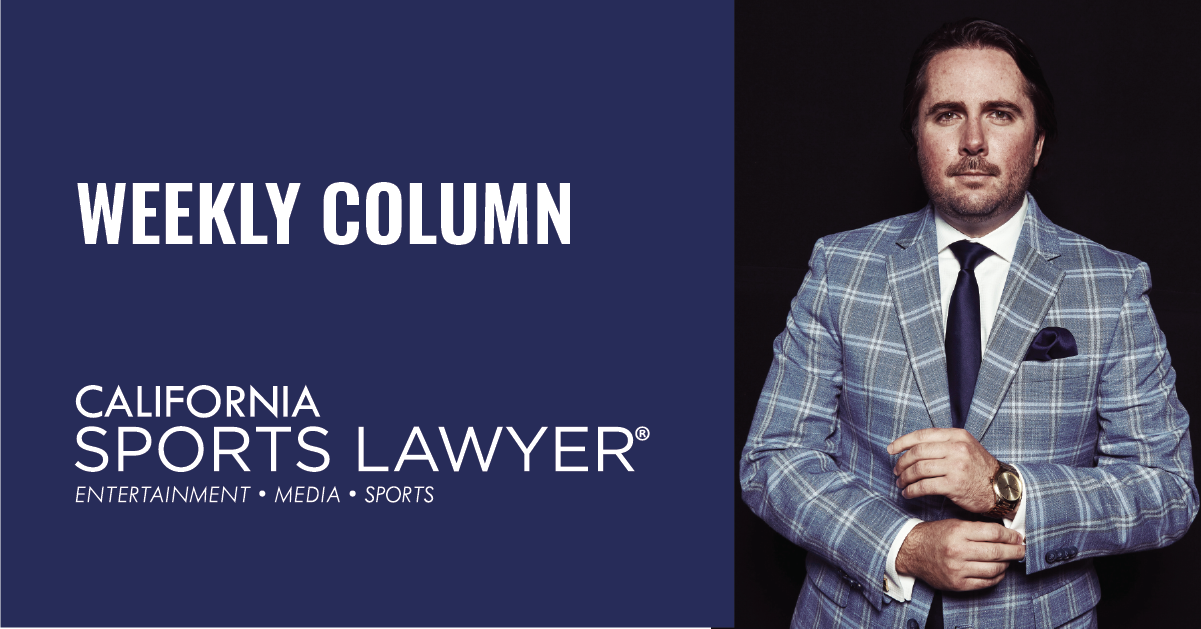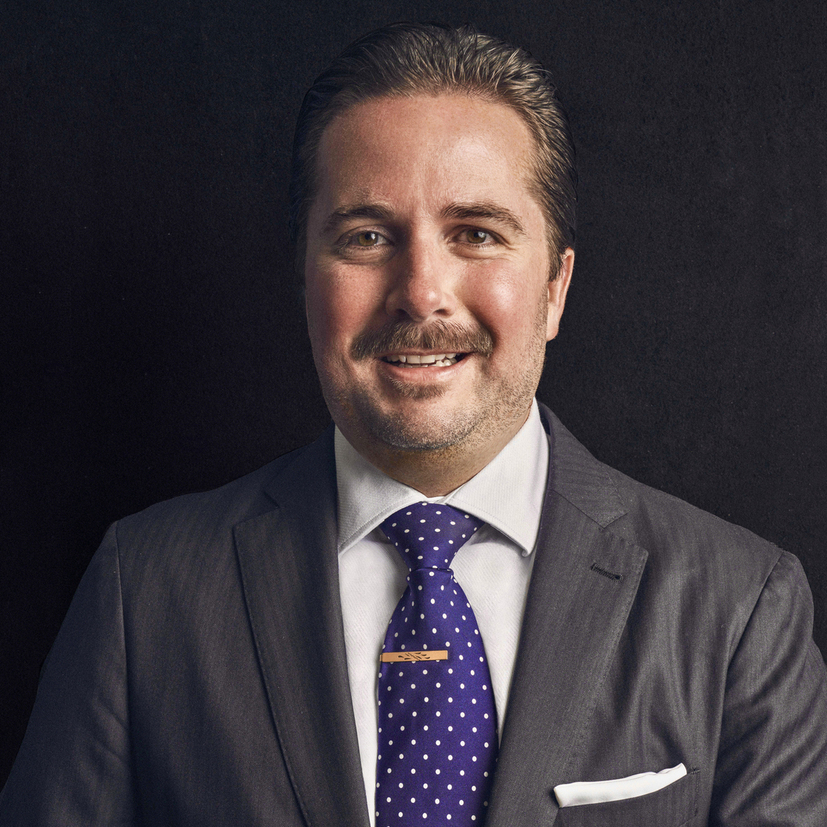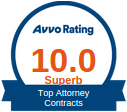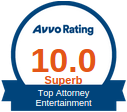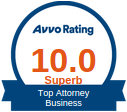In his capacity as a Columnist for California Sports Lawyer®, Founder and Managing Attorney Jeremy Evans has written a column about use of collectives in college sports and whether additional regulations or rules need to be implemented.
You can read the full column below.
~
In the rush to approve name, image, and likeness (“NIL”) for university athletics, former NCAA President Mark Emmert was in some ways forced to approve NIL as a policy by removing the rules on accepting something of value and signing a contract (with an agent) for college athletes. This was on the heels of California, Florida, and other states passing NIL laws that sought to establish a pathway for athletes to make NIL money. NCAA approval the pathway forward.
For all intents and purposes, NIL has been a success in terms of college athletes creating a source of revenue particularly those who athletes who have large social media followings and/or are starting on Division 1 teams, which usually goes hand-in-hand. There has been significant movement in dollars towards men’s basketball, football, and high-profile female athletes.
With star quarterback C.J. Stroud, who is an excellent human being and outstanding football player, recently donating somewhere between $50,000 to $100,000 dollars to THE Foundation benefitting the Ohio State University Athletic Department, it further raises the question of the goodness and purpose of collectives. Collectives that pool alumni and booster money to in turn pay college athletes enrolled in school and playing a sport. Athlete branding is the foundation athletics and professional sports—so it is unsurprising to see brands and college athletic departments jump to partner to promote products and services. The issue with collectives remains—what is their purposes and influence?
On the one hand, there is the question of collective dollars being used to recruit athletes to choose one school over the other. There is also the issue of a pay-for-play scheme where the athlete is not participating in providing a service or employment to a brand or company, like social media endorsements on their social media platform, commercials, or being gainfully employed with a job, etc. On the other hand, without collectives, college athletic departments would have to encourage state legislative or NCAA changes that allow payment to college athletes through television dollars or a reduction in a departmental budget that than goes to the players. Practically speaking, if Michigan head football coach Jim Harbaugh’s idea of splitting revenues with college athletes is implemented, it likely means the coaches get paid less money or some other academic department or unprofitable sports program receives fewer resources. Harbaugh is a salt-of-the-Earth man and would give his shirt off his back, but would all coaches approve of this change? If coaches were represented by union, the union would be up in arms that robbing Peter to pay Paul is incorrect.
Furthermore, if athletes are paid beyond what the market bears through capitalistic dealmaking (private contracts) versus university brokered collective money, Title IX would be triggered by any cutting of budgetary line items to women’s college sports. NIL deals without university involvement sits outside Title IX regulations because those are private contracts between the college athletes and the brand (e.g., see amateur Nick Dunlap’s NIL deal with Adidas that is unregulated versus accepting winnings from a PGA Tournament). Dunlap is currently enrolled at the University of Alabama and plays for the golf team. Under a non-university administered NIL model, the college athlete and their representation is only required or encouraged to report deals and where representation is occurring to the university compliance department. Speaking of representation, the NCAA has suggested a registration portal for agents and attorneys.
In the end, the hope is that athletes are protected, universities are able to provide all services, and coaches get paid too. The model for that is essential to success. Strong NCAA leadership with support from the Power Four conferences will be a must.
~
About Jeremy M. Evans:
Jeremy M. Evans is the Chief Entrepreneur Officer, Founder & Managing Attorney at California Sports Lawyer®, representing entertainment, media, and sports clients in contractual, intellectual property, and dealmaking matters. Evans is an award-winning attorney and industry leader based in Los Angeles and Newport Beach, California. He can be reached at Jeremy@CSLlegal.com. www.CSLlegal.com.
Copyright © 2024. California Sports Lawyer®. All Rights Reserved.

